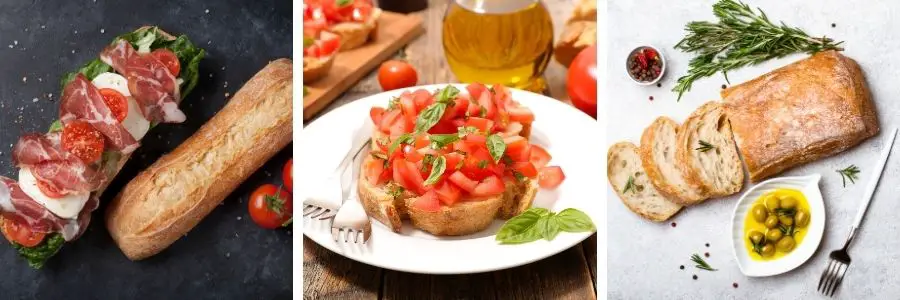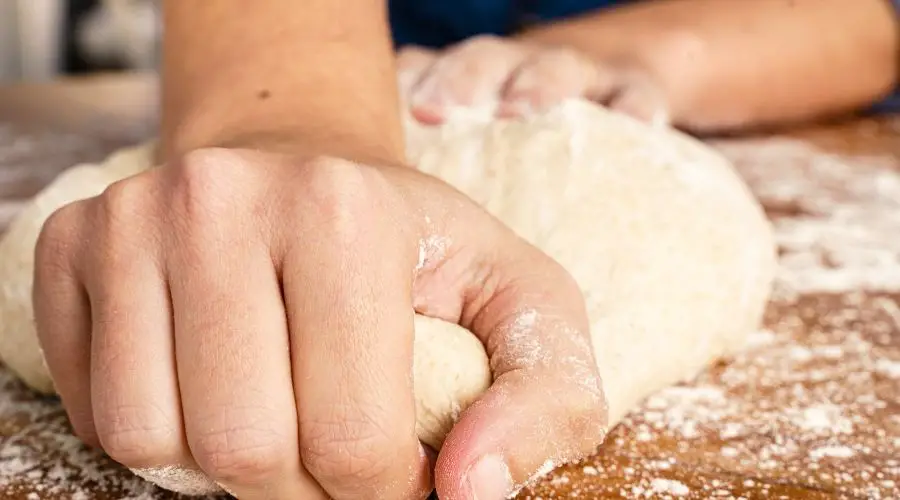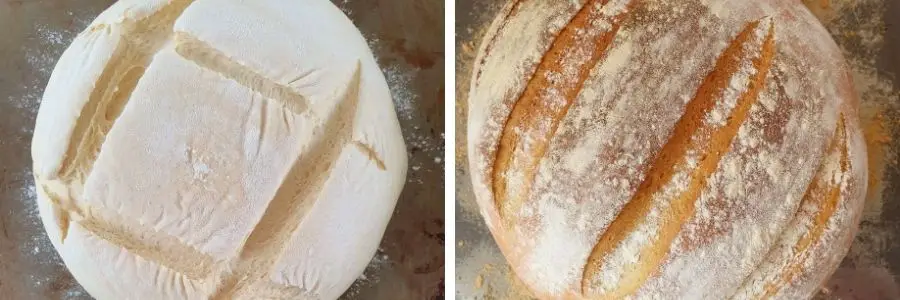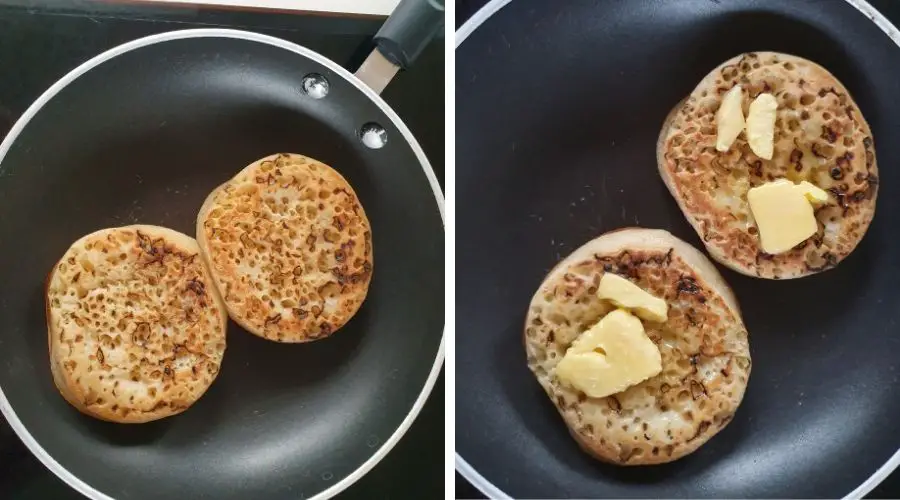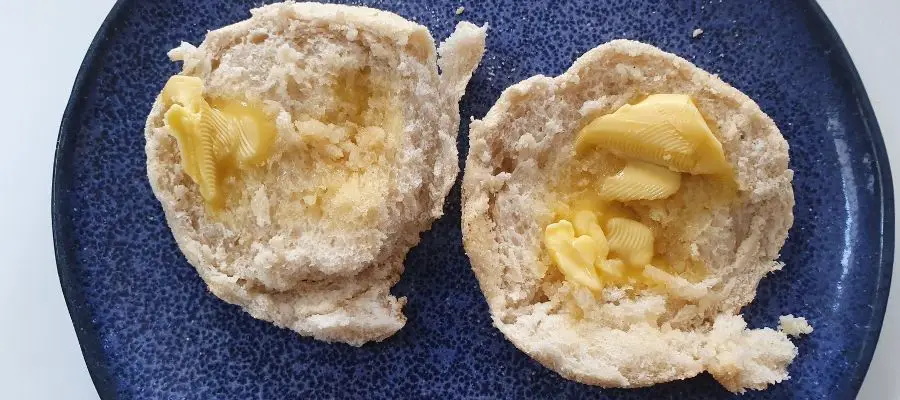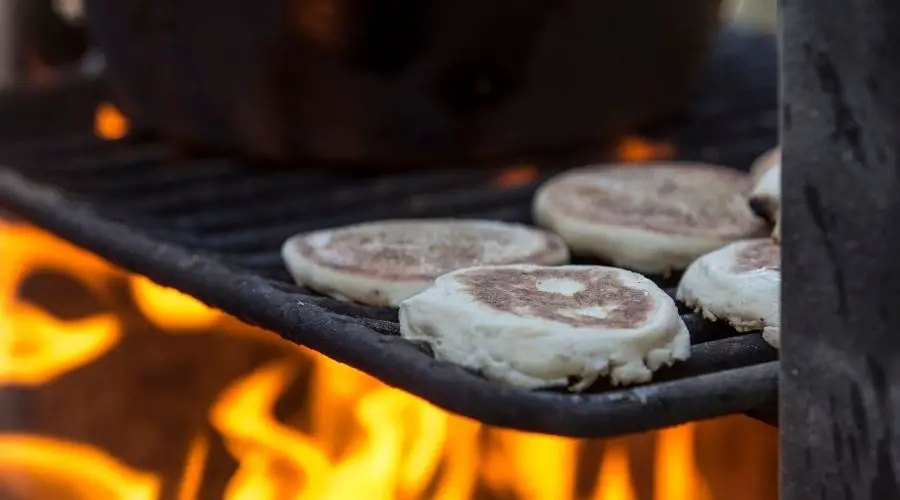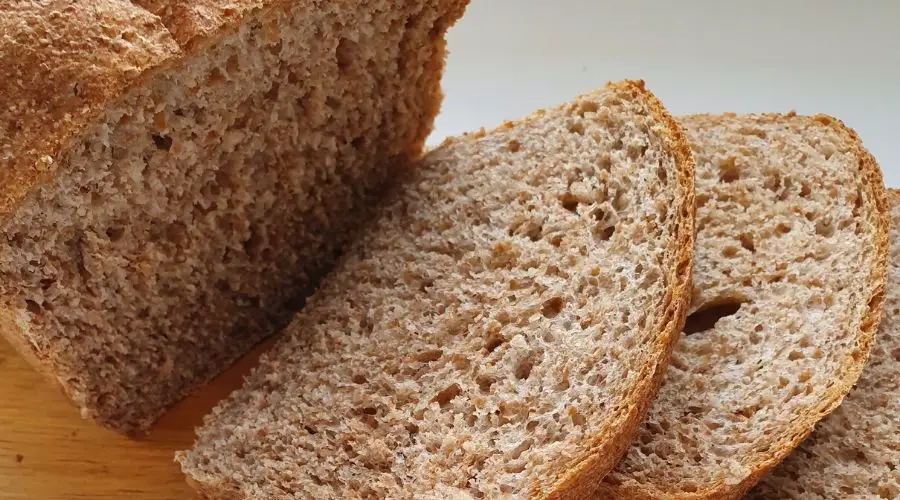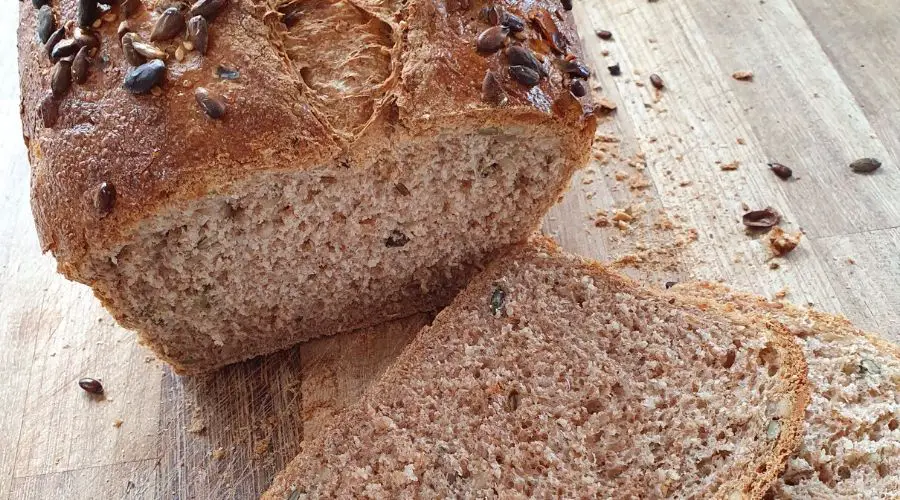The term ‘artisan’ is being used more and more these days, not just in the context of bread, but for many genres where anything is handcrafted or unique. But what is artisan bread and what does the term artisan actually mean? Is it just a word people use to charge more for bread and is artisan bread even a real thing?
The term artisan bread is used to describe bread which has been handcrafted using skill and traditional technique to make a unique and often rustic loaf. Artisan skills can be used to create many bread types using various types of flour, including white, brown, textured flours and flour made from ancient grains.
Read on to find out more about artisan bread types and the methods used to create them, including sourdough and bread made using speciality flour.
The meaning of the word artisan
Oxford languages defines the word Artisan as follows:
a worker in a skilled trade, especially one that involves making things by hand.
Oxford Languages
When referring to food or drink as artisan it’s defined as:
made in a traditional or non-mechanized way using high-quality ingredients.
Oxford Languages
How ‘Artisan’ is used to describe bread
So, using this definition in the bread world, artisan bread can be defined as:
- Bread which is made using skilled techniques
- Unique bread which is made and handcrafted without the use of machines
- Bread which is made using high-quality ingredients
The good news is you don’t have to be a master baker to make artisan bread, you may be making artisan bread at home without even knowing it!
Ultimately, ‘artisan’ is a word to describe hand made bread using good ingredients an traditional methods.
Examples of traditional ‘artisan’ methods
Sourdough
When you think about the process that’s used to make sourdough bread, it’s probably the ultimate artisan bread-making method.
With sourdough, you can make a loaf which looks and tastes amazing from just three ingredients, which are flour, water and salt.
A sourdough starter made from just flour and water is used as the leavening or rising agent and added to the other ingredients.
The sourdough starter is fed with more flour and water over a few weeks and ferments to create a bubbling runny dough-type mixture which helps the dough to rise.
Rising time is much slower with sourdough than a dough which is leavened with yeast and it’s this slow fermentation process which creates the wonderful sourdough flavour.
Some bakers recommend adding an extra ingredient to the sourdough starter such as fruit, to speed up the fermentation process.
I prefer to use just flour and water, it works really well and for me keeps the integrity of the three-ingredient bread.
The texture of artisan sourdough is chewy with a crispy crust and it just has a flavour that you don’t get from a loaf made using a quick rise process.
Creating the artisan bread ‘look’
Creating elaborate patterns on sourdough loaves is becoming increasingly popular. This look is created using a blade called a lame where the dough is scored before it’s baked in the oven.
As well as creating a unique look to the bread, it also helps the bread to expand and rise out as it cooks. It works a bit like a concertina in that each line allows that part of the bread to grow.
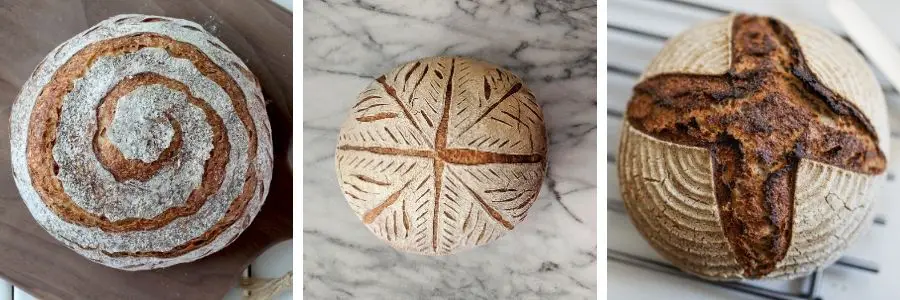
Slashing the bread also helps to create a crispy and textured crust at the top of the loaf.
Using a floured proving basket also helps to create a patterned swirl-like effect on top of the bread.
Creating bread by hand
One of the key points in the definition of artisan food is that it’s handcrafted without the use of a machine.
It’s so easy to rely on machines to do do the tough jobs for us these days, we’re all so busy and it’s just easier.
From bread machines which we just add a mix and press a button, to stand mixers which do the kneading for us.
The artisan method takes this back to basics, the dough is made end to end by hand, no matter the type of bread or the rising ingredient used.
Making bread by hand is actually pretty easy once you get used to it and it’s also really relaxing too.
TIP: Not sure if you have all the necessary bread baking equipment at home? Check out my recommended picks below (Amazon links):
-
- Scale: Nicewell 22lb Digital Kitchen Scale
- Mixing Bowls: OXO Stainless Mixing Bowls Set
- Pastry Scraper: OXO Stainless Pastry Scraper
- Loaf Pan: OXO Non-stick Loaf Pan
- Kitchen Thermometer: ThermoPro Digital Thermometer
- Stand Mixer (optional): Kenwood Kmix Stand Mixer
The best quality flour to use for artisan bread
When you’re creating bread using artisan methods and only a few ingredients it’s important to make sure the ingredients used are quality and don’t contain unnecessary additives.
While it’s easy to buy bread flour from the supermarket, there are many flour producers out there using their own artisan milling processes and are producing flour which is much better than most supermarket flour.
Depending on which country you live in, there may be government requirements to fortify flour with various additives.
In the UK all white flours have to have nutrients added to them to ensure that people eating bread are getting those nutrients in their diet.
There is no requirement to add additional nutrients to brown flours because flour containing part or all of the wholegrain is higher in natural nutrients.
Sometimes some more sinister additives such as bleaching agents are added to flour and these are the ones to avoid when making artisan bread.
There are are some ancient grains such as spelt flour which work really well in artisan-type bread and sourdough. It’s amazing how much difference you can see in performance and flavour when you use a really good flour.
You can see just some of the flour producers who are producing really good flour in the UK in the following post:
The best bread flour (available in the UK)
So why is artisan bread so popular
If you ever go to a market and a trader is selling unique artisan-type bread in baskets which they wrap up in paper when you buy, it’s easy to see how it can entice buyers.
I remember similar bread shops as a child of the ’80s and it takes you back to the proper way of doing things in a world where now pretty much everything is processed.
You hear of people selling loaves for a premium (especially in big cities), which can seem a bit outrageous, but when you think of the work which goes into a sourdough loaf and the time it takes to feed and grow a starter, you can kind of understand why.
The good news is, with a bit of practice you can make this same artisan bread at home, it’s a great hobby and you’ll be amazed at what you can achieve with just flour, salt and water!
You might also like…
I hope this post has explained the true meaning of artisan bread and how you can achieve the ‘artisan’ effect.
You might also like this post:
Types of bread – the ultimate guide of bread from around the world

